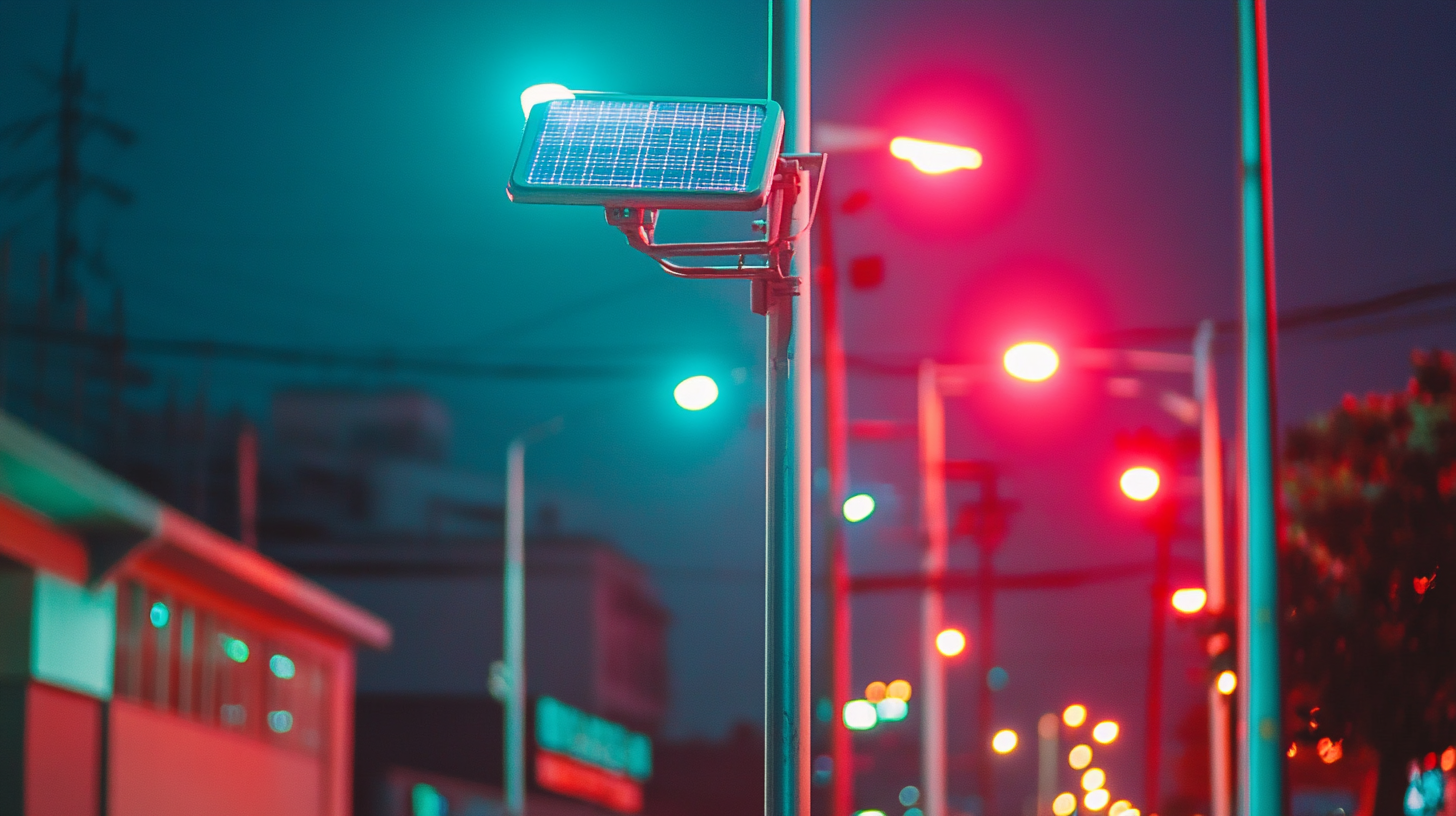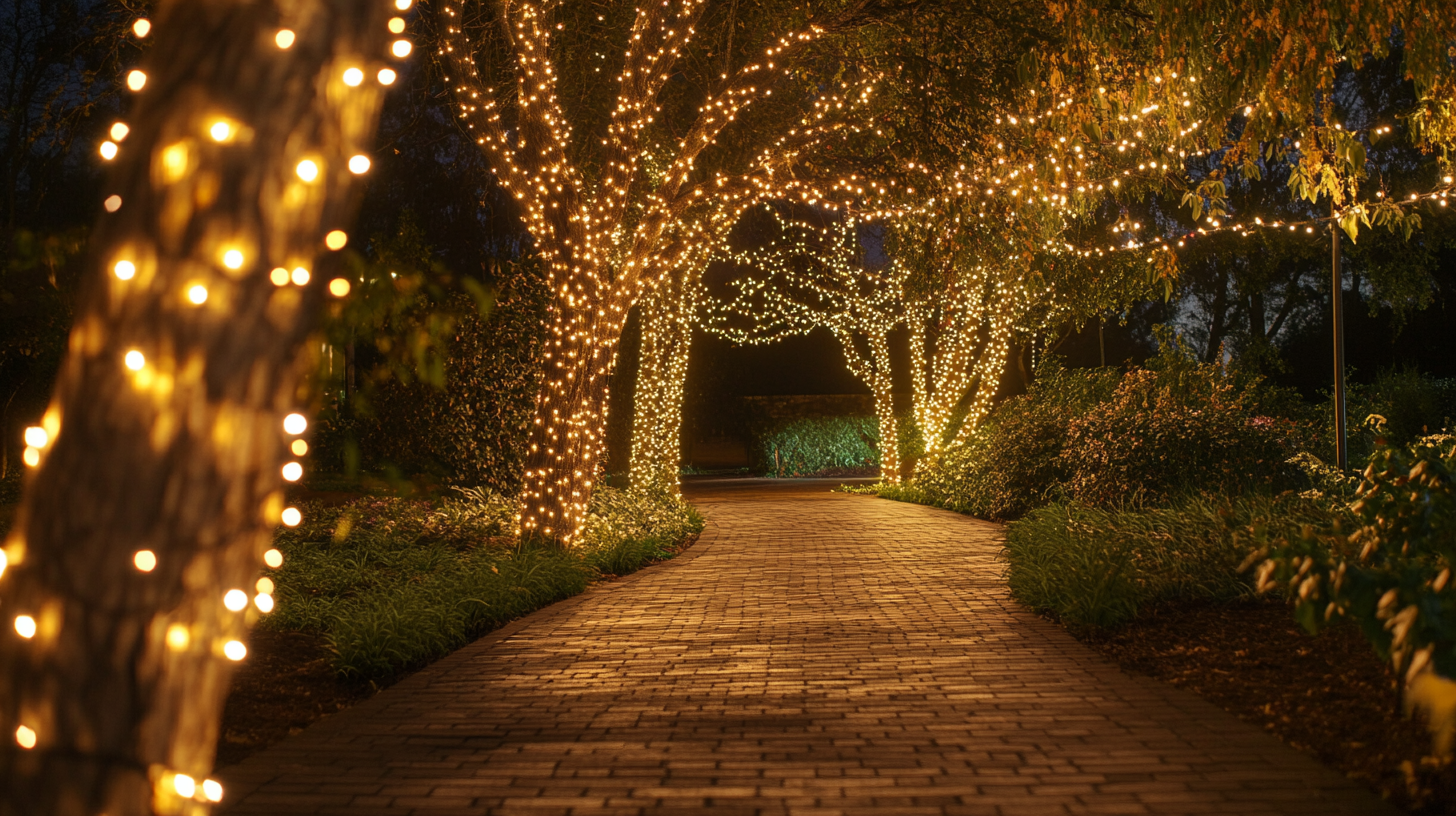Essential Tips for Sourcing the Best Solar Lights Globally
Over the past few years, there has been an increase in demand for solar lights. Everyone wants to get them in their homes or businesses. The market today is experiencing more and more people wanting to go cost-effective, as these new systems turn out to be more energy-efficient and result in less power bill. Not only will it become more economic, but greener, as these energy-efficient lights use renewable energy. With this in mind, setting the eyes on the best solar lights in the world has become a priority for many, especially for those who want to enhance their outdoor with minimal or less environmental effects. Sifting through all these options is not easy; therefore, knowing what to look for becomes quite vital when it is time to choose solar lighting products.
These are tips and tricks you want when looking for solar lights that are of good quality and meet your needs. They cover the differing kinds of available products, researching manufacturers, and checking out the products that would help you make wise choices. Doing this gives you the opportunity of lighting up those outside areas with well-reliable and efficient solar lights, thus adding beauty combined with its eco-friendliness.

Understanding Solar Light Technologies and Their Efficiency Ratings
Generating an understanding of solar light technologies is the need of any individual who is looking forward to sourcing the best solar lighting solutions the world has to offer. The efficiency ratings of solar technologies are rapidly advancing these days with the coming of some novel materials and some innovative methodologies of manufacturing. For example, there is indeed a recent report emitted out of a top solar research institute that announces a record-high efficiency rating at 27.08% for high-efficiency n-type passivated heterojunction (HJT). This record doesn't only exhibit the prospects of HJT technology, but also the high importance of efficiency in the selection of lighting products powered by solar energy.
Additionally, very recently, solar cells emerging as the most efficient of all are that silicon-perovskite tandem, with more than amazing efficiency figures of 33.9%. This national peak record set by domestic photovoltaic enterprises indicates a vast promise of attaining even higher efficiency ratings in solar technologies. Such efficiency will not only closely associate with the performance but also with the life span of solar lighting systems. However, the efficiency gains are becoming more and more prevalent across different technologies and thus merit consideration by users and businesses who source solar lights.
Efficiency ratings should speak volumes when it comes to the technology of solar light for making appropriate decisions. Higher on increased capacity in terms of efficiency spells better performance and endurance, particularly under different environmental conditions. Therefore, the understanding of these metrics will culminate in smarter sourcing leading to greater impact, both sustainability and cost saving.

Global Market Trends: Growth and Innovations in Solar Lighting Solutions
The global market for solar lighting solutions is booming with increasing environmental awareness and advancements in technology. It pushes all the stakeholders towards efficient energy use than conventional electrical lighting solutions. Recent strides in solar technology have saved energy more efficiently and made it a viable alternative for wider applications. As such, manufacturers are interested in investing heavily in research and development to bring better products to the users.
Integration of smart technology is thus the most significant trend under solar lighting. Sensors and smart connectivity features provide the provisions for real-time data to allow consumers to customize their lighting experiences, significantly improving functionality, and energy saving through the elimination of unnecessary usage, and new solar-powered solutions with smart home integration will add another layer of convenience, especially to the tech-savvy consumers.
Yet another promising occurrence in solar lighting products is around developing markets, where limited access to grid electricity is increasingly encouraging solar lighting adoption as a sustainable solution. Therefore, this contributes not only to the improved well-being of households but also presents multiple business opportunities for manufacturers willing to venture into such markets. Thus, the global solar lighting scenario is fast changing, triggered by advances in technology, along with increased commitment toward sustainable development. The continuation of the trend will give a large scope for solar light solutions in the future as they promise a bright path toward a greener future.

Key Factors in Evaluating Solar Light Suppliers and Manufacturers
When opting among solar light suppliers and manufacturers, there are a number of criteria a business ends up measuring against to ensure that such companies suffice in the best products according to one's needs. One very wide parameter is history and track performance of such suppliers in handling larger projects. As an example, for an upcoming project where Fonroche Lighting will implement the largest solar street-light project across both events in the EU at Agen in France, it's proof that the company can navigate through considerable large installations. That bit of experience might resemble an assurance suitable for rating reliability or expertise of that manufacturer on the solar lighting scene.
Another standard parameter is performance and efficiency of the solar lights offered. Breakthroughs in solar technology have managed to create impressive efficiencies, like that achieved by Qcells with an amazing world record efficiency of 28.6% on scalable perovskite-silicon solar cells. It should ensure that a manufacturer invests only in progressive technologies for stamping performance and yield.
There is also the issue of product certification; it cannot be left out. The DarkSky Approved program provides third-party testing of luminaires for reduced glare and light pollution. Suppliers with products matching these specifications go a long way in increasing sustainability and community acceptance for solar light solutions. Alongside this is the ever-sustaining growth of the solar market, particularly driven by those umbrella market champions like the Chinese manufacturers as major names at the global forefront standings; therefore, it further emphasizes the companies needing to utilize concise reports on the market to find their way in partnership in such solar lighting solutions. These factors can then be known to align businesses with manufacturers who would not only address the present requirements but would also help embrace transformation for more sustainable energy practices.

Impact of Regional Regulations on Solar Lighting Procurement
Understanding the effects of regional regulations when sourcing solar lights on a worldwide basis is most essential. There are some requirements in the different regions that demand the specifications and standards of performance for the solar lighting systems to differ from each other. For example, in Europe, the Ecodesign Directive has a number of stringent conditions for energy efficiency and lifecycle assessment of electrical equipment, including solar lights. Thus, manufacturers pinpointing the European continent need to design their products to meet not just the criteria variance of usage of energy, but also demonstrate in each case of lifecycles, minimalistic environmental impact.
On the other hand, most countries in Asia do not have stringent regulations, but emerging markets are increasingly adopting stiffer standards based on international guidance. For example, nation states of Asia are trying to improve best sustainability practices so that they can attract foreign investment into these countries and increase their energy efficiency. Therefore, a company that is trying to procure solar lighting solutions should be very compliant with all these ever-evolving regulations, as they keep on changing, avoiding a fight of compliance and a huge penalty.
Also, understand how local certifications would make the purchasing process smoother and so many more regions require that specific certification to keep certain quality and safety conditions. This also involves these local bodies governing solar products so that businesses would increase their credibility in clients' minds that they care about quality. This may even be a compliance measure, which would then push any company into a reputation as a reliable player in the global solar market.
Sustainability Considerations: Eco-friendly Materials and Certifications in Solar Lights
Thus, one should take into consideration the aspects of sustainability while sourcing solar lights. Eco-friendly materials are vital in lessening the environmental effects of solar lighting products. Seek out lights that are made from recycled materials or sustainably sourced components, as they work well in performing tasks and also contribute to a circular economy. Bamboo for the structure or tempered glass for panels can strengthen durability while keeping the carbon footprint low.
Certifications are also important in the sustainability of a product. If you are going to buy solar lights, search for those products with eco-certifications like Energy Star, RoHS, or ISO 14001 to make sure that the products have stringent standards for energy efficiency or environmental management attached to them. By choosing products from manufacturers, which are equitable in their production processes, an investment would prove to support responsible sourcing and ethical practices.
This can enhance the commitment of everyone into a sourcing strategy that promotes sustainability, and just the same time may resonate very well with consumers who appreciate an eco-friendly option. Quality materials and proper certifications for the lighting products would also be in the best option for business alignment with market demand to such an extent. In the end, one can source solar lights for eco-friendly materials and certification, which might eventually lead to bright ways that illuminate our surroundings while saving our planet.





